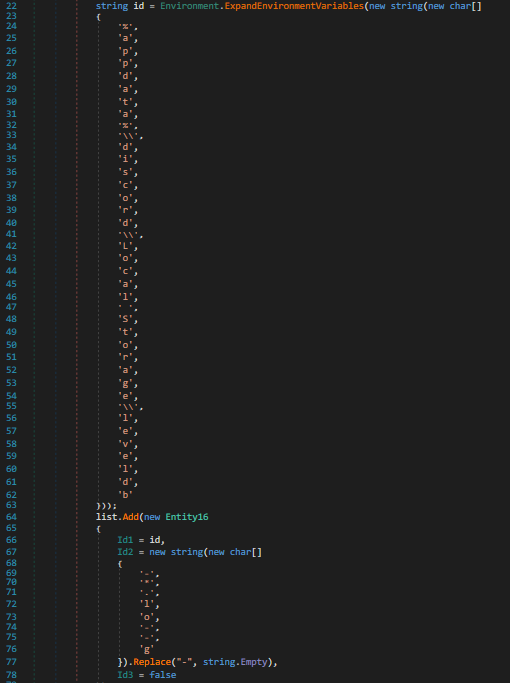Common IoT Security Threats and best practices to counter them
By Bhavesh Goswami, CEO & Founder, CloudThat
The Internet of Things (IoT) is a growing phenomenon that is being adopted by various businesses to increase efficiency. As objects around us are increasingly being connected to the internet, IoT devices are ubiquitous today. Moreover, the IoT market is growing at a staggering rate with each passing day. This piece of statistics from IoT analytics emphasizes the growing pace of the IoT market. In 2021 the number of IoT devices worldwide was 13.8 billion, in 2022 it is expected to grow up to 16.8 billion devices and by 2025 it is estimated to become 30.9 billion devices. Interestingly, the report also says that by 2030, 75% of devices used worldwide will be IoT devices.
While IoT devices can greatly influence and increase productivity in business, it is also very important to understand that these devices are exposed to threats such as unethical hacking or masquerading from any of the internet-enabled devices. Moreover, the security vulnerabilities of IoT devices must be effectively handled and it is here where IoT security steps in.
IoT security: Knowing the Basics First
IoT security is a pool of tools and techniques employed to thwart security vulnerabilities faced by millions of inter-connected devices on the Internet. In other words, IoT security involves protecting IoT devices from attacks. While many business owners are aware that they must safeguard their PCs and phones with antivirus software, the security concerns associated with IoT devices are less widely understood, and their protection is sometimes overlooked. So, understanding the security vulnerabilities and threats is critical for adequately protecting one’s network.
6 Common IoT Security Threats: Cause of Concern for Businesses
•Weak password protection- IT systems and IoT devices consist of hard-coded and embedded credentials which are an unexpected gain for hackers to attack the device directly. Taking control of an IoT device via its interface or web portal is simple with a weak password.
•Lack of regular patches and weak update mechanism– IoT products are designed to keep usability and connectivity in mind. Initially, they may be…







